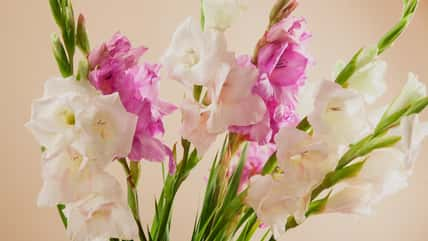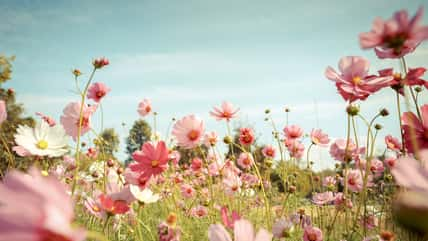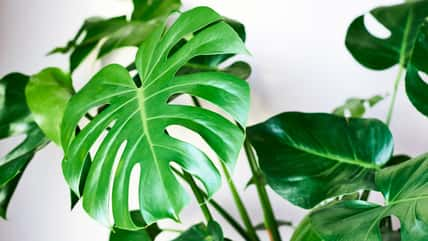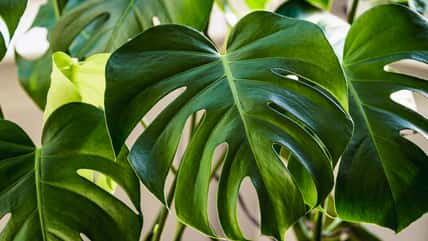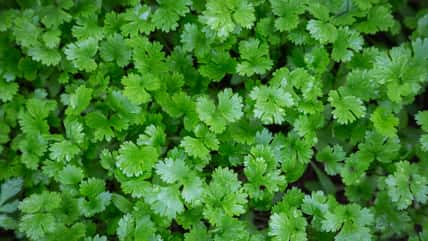These Plants Won’t Thrive In Terracotta Pots, So Here Are Some Alternative Containers To Help Them Flourish

Terracotta pots are one of the most popular planter choices among gardeners. They’re made from natural, porous clay that supports drainage and may impact soil pH. This can prevent over-watering, which is beneficial for many species.
Plus, they are neutral yet beautiful, rounding out any indoor or outdoor garden aesthetic.
Still, there are certain plants that won’t thrive in these go-to containers. Terracotta can draw moisture out from the soil, effectively drying out your plant’s roots and leading to inconsistent levels of moisture.
Potting mix can be affected by the pH of the pot as well, causing poor growth, leaf drop, or wilting.
Here are the plant types you should avoid placing in terracotta pots, in addition to some alternative containers that will help them flourish.
Plants That Love Moisture
If you have a plant that can’t get enough moisture, terracotta isn’t the way to go. These pots simply allow moisture to escape too rapidly, resulting in dry soil.
Ferns, peace lilies, and African violets fall in this boat. All of them require moist soil, so glazed ceramic or plastic pots are the best.
These containers will allow your pants to retain moisture for longer periods of time, and you won’t have to water them as frequently.

ansyvan – stock.adobe.com – illustrative purposes only
Blooming Plants That Have Specific pH Requirements
When it comes to blooming plants, some have distinct pH needs that can be negatively impacted by potting material.
With terracotta, minerals such as lime may leach from the pot and actually make the soil more alkaline as time goes on.
This can impact plants that favor either neutral or acidic soil, resulting in obstructed nutrient absorption that leads to deficiencies or poor growth.
Some of these blooming plants include blue hydrangeas, azaleas, and hibiscus. Glazed or plastic pots are best for these beauties to ensure pH balance is controlled.
Plants That Need High Humidity
Terracotta pots have moisture-wicking properties that can cause certain plants to struggle, particularly those that like high humidity around their roots.
Orchids and bromeliads are just two examples. Orchids thrive in consistently moist conditions. Yet, soil can become bone dry due to evaporation from the pot’s sides.
Bromeliads need high humidity as well, as they are naturally grown in humid rainforests. The porous nature of terracotta pots can make preserving constant moisture and humidity levels a challenge.
For these varieties, fiberglass or plastic pots are stellar planter options that more evenly retain moisture.
Topical Plants
Last but not least are tropical plants like birds of paradise and philodendrons.
Again, these plant types are naturally adapted to more humid environments and moist soil. That’s why terracotta pots may not be ideal, as they simply cause the soil to dry out too quickly.
So, save your tropical plants for other containers made from plastic or glazed ceramic, which help retain moisture. You can also use a well-draining potting mix that maintains moisture but still lets excess water drain out.
Sign up for Chip Chick’s newsletter and get stories like this delivered to your inbox.
More About:Gardening
